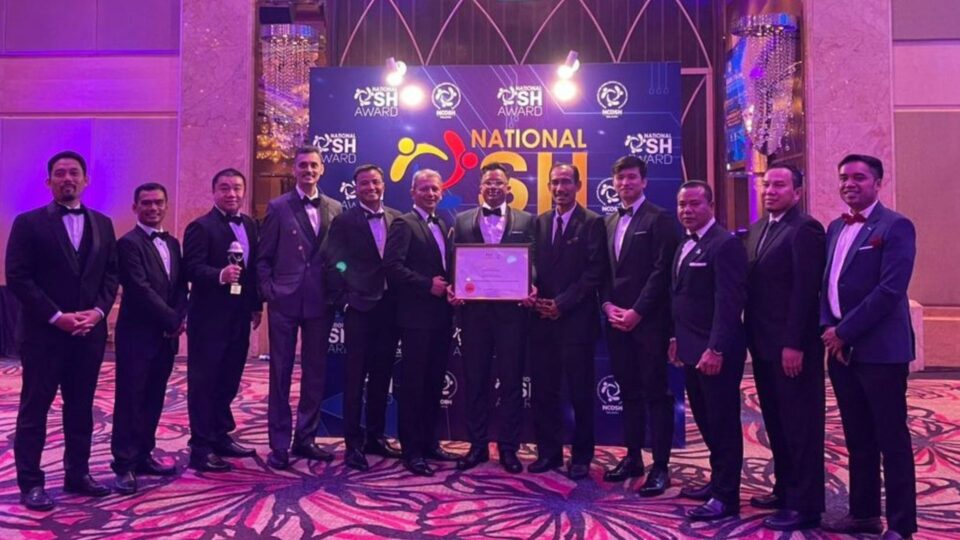- 20.11.2023
- SIR, Tank & Line Testing, Cleaning

Reed Leighton, CEO
Diesel is a widely used fuel across the globe and the most commonly used fuel for back-up power supply. In recent years, as a result of heightened regulatory measures to decrease greenhouse gas emissions and reduce reliance on fossil fuels, the composition of diesel has changed. Mandates such as the reduction of sulphur in diesel leading to the release of ultra low sulphur diesel (ULSD) and the blending of biodiesel have altered both the make-up of diesel fuel, as well as the design of engines.
The most significant implication of these changes is that diesel absorbs a lot more water than it used to, leading to significant degradation in performance and usability if not managed properly. ULSD and biodiesel blends can bond so thoroughly to water that they emulsify, becoming thicker and milky in appearance, as seen in the “before” images below.
Traditional filters and centrifugal purifiers cannot easily remove the water. As mentioned in a previous blog – Water is the Enemy – these newer forms of diesel are also particularly susceptible to microbial growth as a result of the higher water content. Furthermore, the engines of today are increasingly intolerant to the introduction of water and particulate matter in their systems.
Particularly considering diesel’s critical role in emergency power generation, this exposes the industry to considerable operational and reputation risk, unless fuel companies proactively monitor for water and sediment build-up and clean diesel to prevent degradation.
Leighton O’Brien proactively works with our clients to assist them with comprehensive diesel management strategies, encompassing monitoring, testing and cleaning. Just last week we helped another Australian client restore milky diesel to a high quality state as per the attached images.
The following multi-stage tank cleaning process was applied to their diesel tanks: